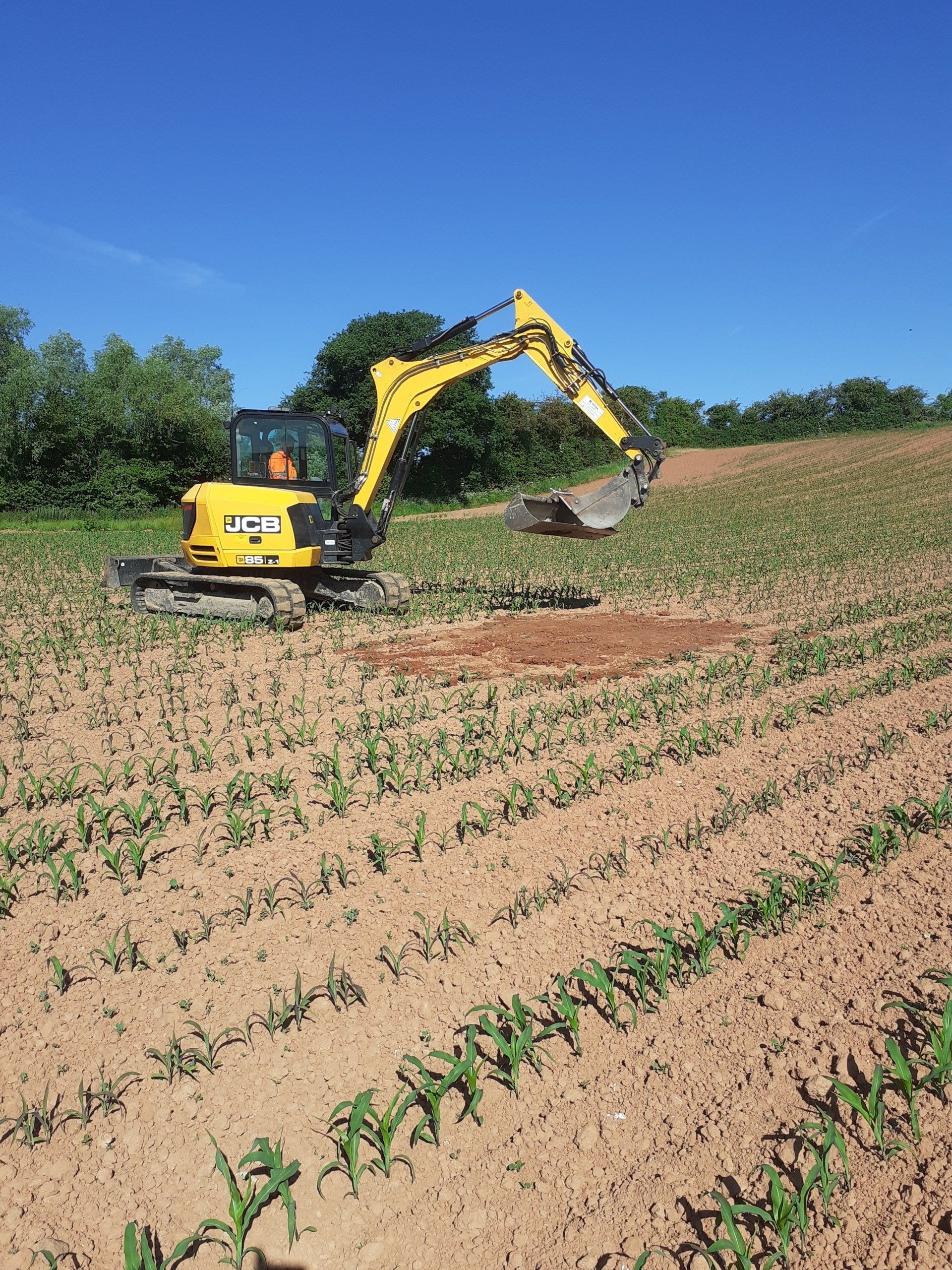Drainage Tests & Design
Assisting with tests for planning applications
As part of planning applications percolation and infiltration tests can be required to demonstrate the drainage strategy. We can help.....
Tests for on site sewerage treatment and disposal
Unless you proposed development can connect to a public sewer, you will need to treat and dispose of the treated wastewater on site. Priority 1 is to try and dispose of the treated effluent via infitration into the ground. Whether this will be possible, can be determined via Percolation Tests in accordance with Building Regulations Part H. In north Herefordshire we can undertake this including the provision of an excavator. Further afield we can attend the tests and provide the report if the client provides the services of an excavator.
Tests for onsite Rainwater Disposal or Attenuation
The first priority for a surface water drainage strategy is to dispose of all rainwater on site. This means there is no risk of flooding of downstream properties, and no risk of contamination of watercourses. In accordance with BRE 365, an infiltration test should be undertaken to show the levels to which water can be disposed of to ground. If this is not sufficient, then water flows (accounting for a 1 in 100 year storm and climate change growth) should be attenuated and released into a water course and lower levels. We can undertake these tests, and again in north Herefordshire this is with the excavator and our own water supply. Further afield we can undertake the test if the client provides these resources
Drainage Design
Drainage Design





